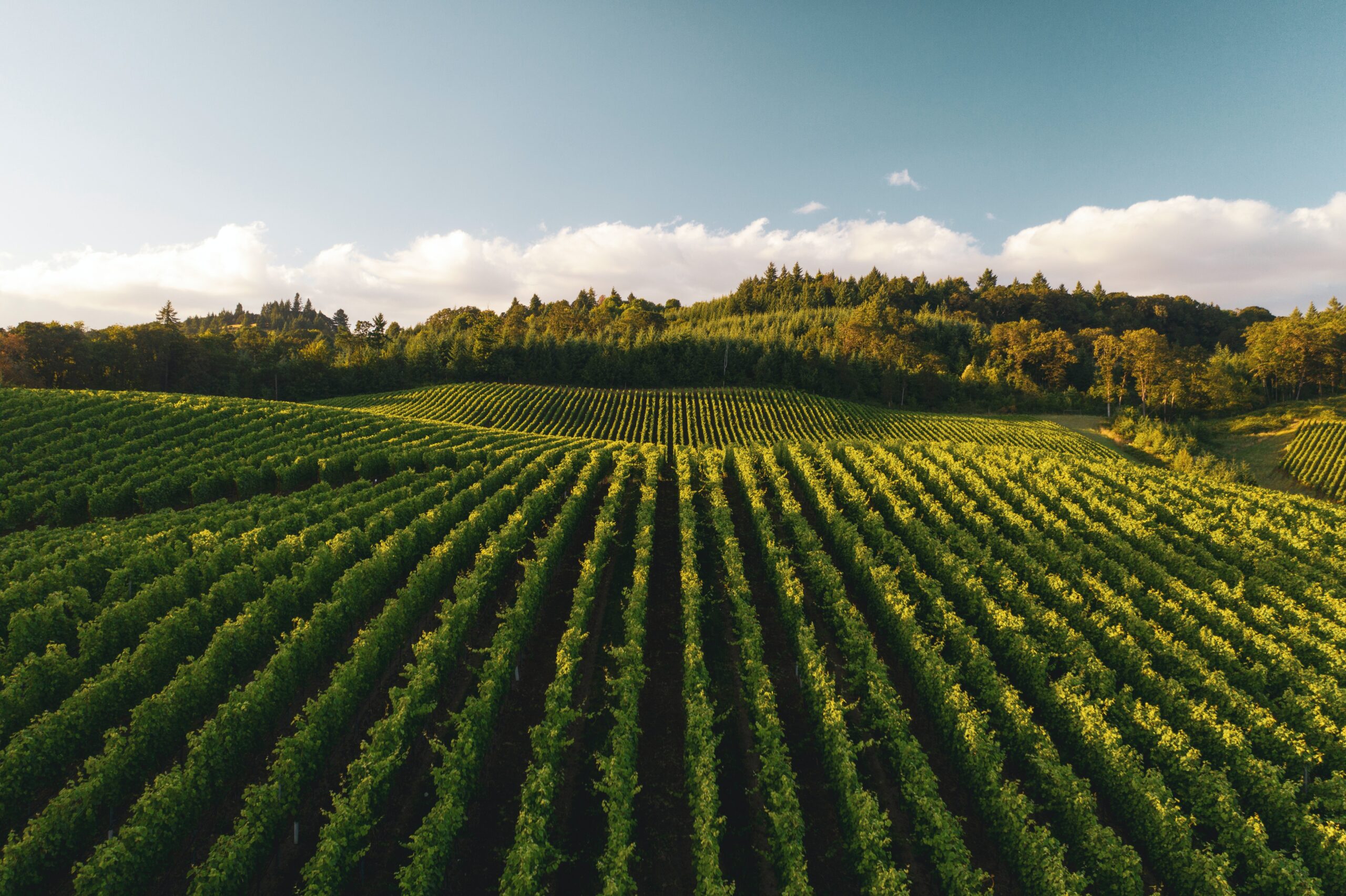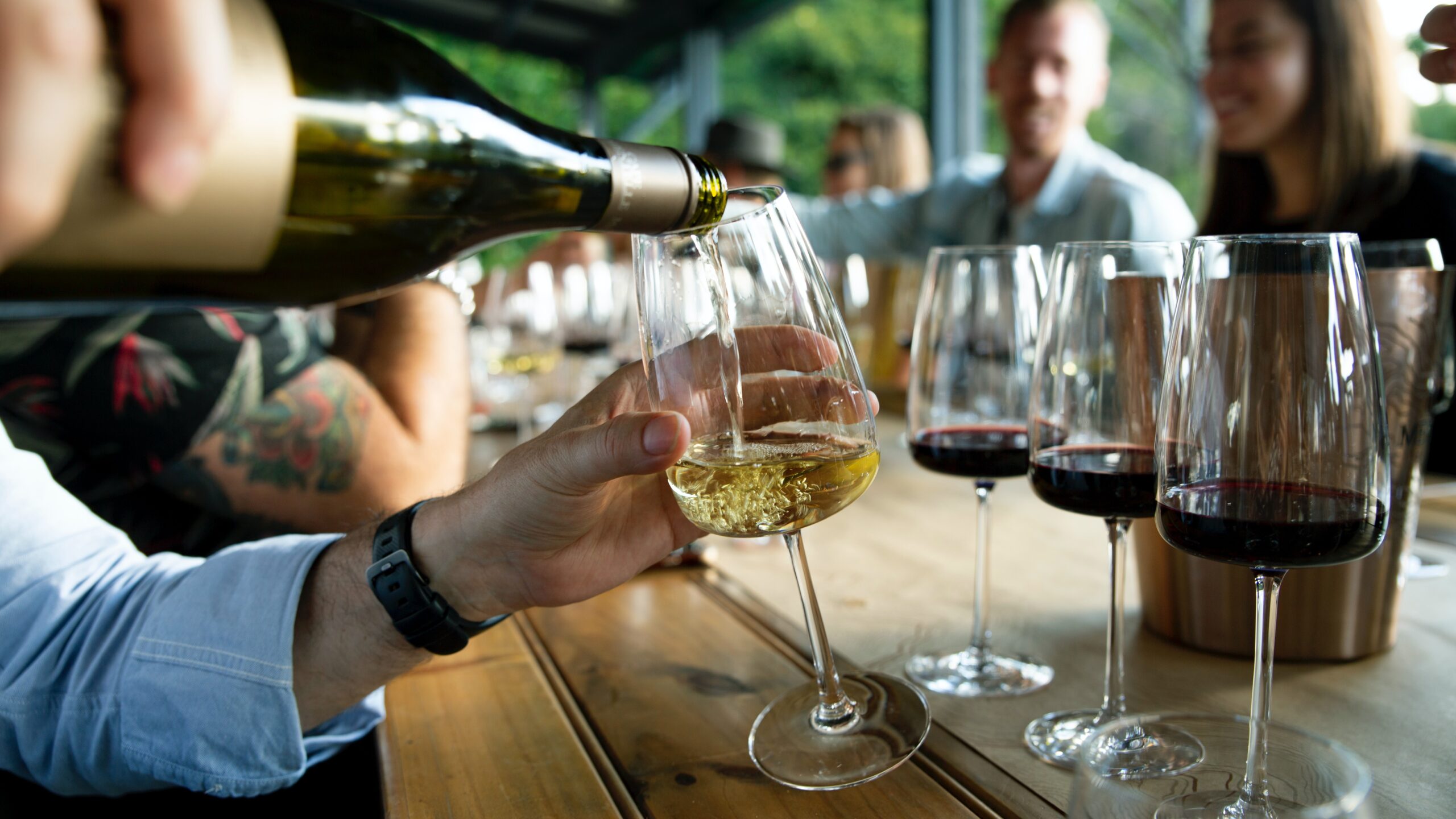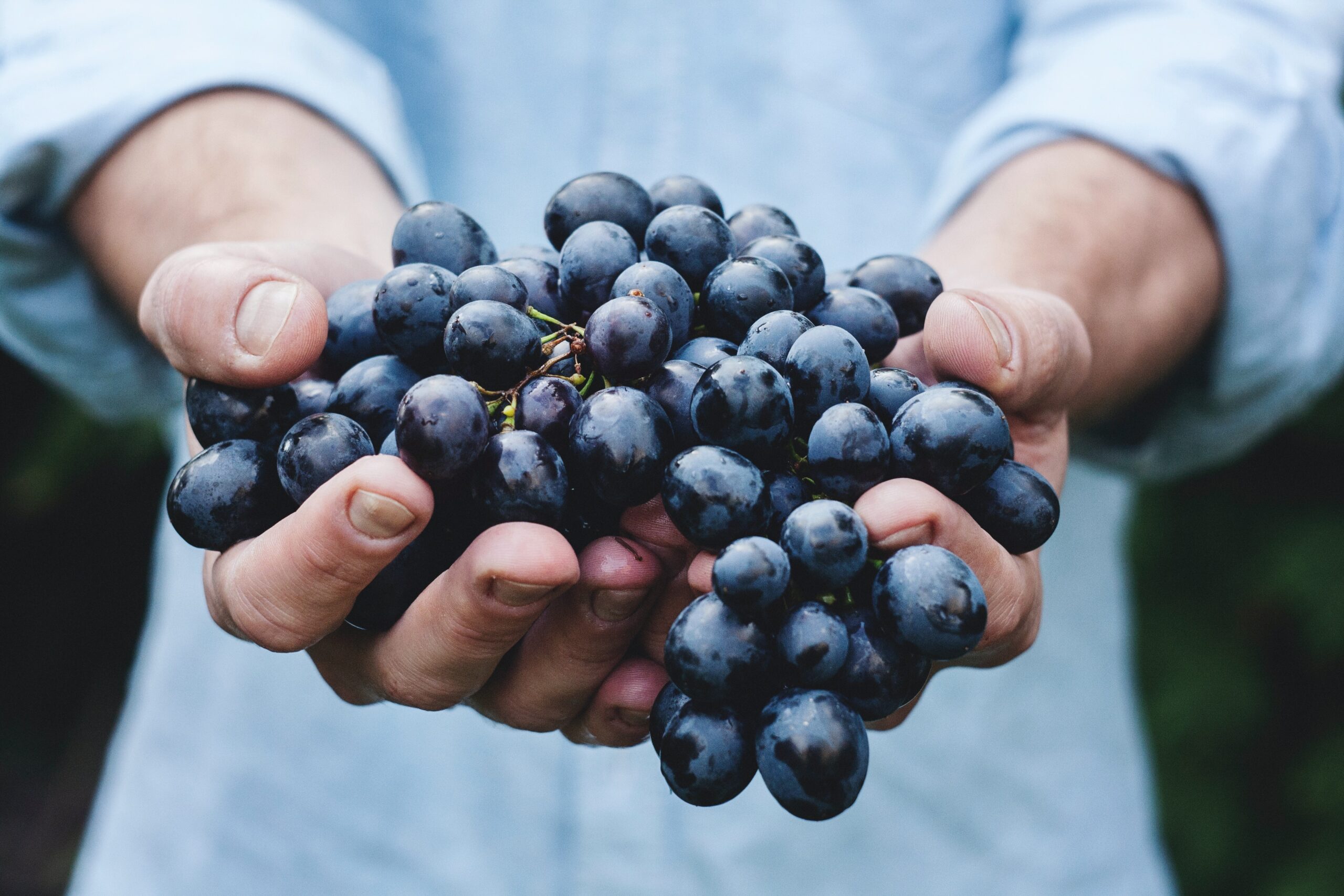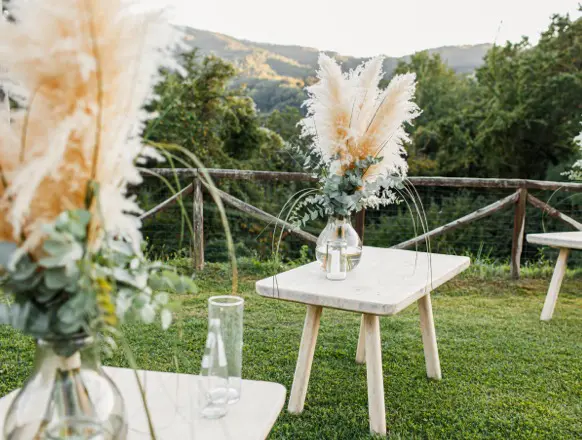The Guadalupe Valley is like only itself. It surprises with all its vineyards and wineries, wineries and restaurants and with each of its many corners, which surpass us with their creativity, their own colors and that unique character of a wine region that can only be found in Mexico.
Beyond tequila, mezcal and beer, Mexico is increasingly producing wines with their own character and personality, especially in the wine regions of Querétaro, Coahuila, Aguascalientes, Zacatecas and Baja California.
The latter, located in the north of the country, has the climatic, geological and hydrological conditions necessary to produce good quality varieties. With a latitude of 32 degrees north and an altitude of 335 meters above sea level, its climate is Mediterranean, its soils are arid and its humidity is higher than 60% thanks to the presence of a fog that forms in the Pacific and moistens the entire peninsula daily. In addition, there is a wide thermal contrast between day and night, essential in the formation of substances that give body, color, structure and good aroma to the wine.
There are 8 valleys in the state, being Guadalupe the most recognized in tourism and wine production, which has been growing exponentially in recent years with more than 70 wineries and about 80% of the total production of Mexican wine.
Its history was born with the arrival of the Dominicans, pioneers in the agriculture of the State, and punctually with the installation of the Mission of Our Lady of Guadalupe that developed grapevines and olive trees in the Valley from the XIX century. Later the Government
Federal put the spotlight on the viticulture of the area and at the same time the Italian Angelo Cetto started what we know today as L.A. Cetto, opening its doors in 1928, moment in which the Valle de Guadalupe began its projection towards what we know today. However, it was in the 1970s and 1980s when its fame and competitiveness began to develop, with the introduction of new technologies and marketing techniques, at the same time that large wineries such as Monte Xanic and Domecq, one of the most traditional for being the first to open its doors to visitors, were established.
Today, the Guadalupe Valley is Mexico's premier wine tourism destination, not only for New World wine lovers, but also for those who enjoy its unique landscapes, architecture and authentic local gastronomy, thanks to the opening of countless restaurants by renowned chefs who have come to this corner of the Mexican Pacific.
In wineries, we find some smaller than Xanic and Domecq but that have gained ground in different markets and that beyond offering wine tasting also have culinary experiences, lodging or recreational activities, such as El Cielo with its restaurant Latitud 32 and an excellent hotel, Adobe Guadalupe with its unique experiences or Bruma, which combines art with wine tourism and its restaurant Fauna by chef David Castro is a magical place, with unique energy and atmosphere.
Other restaurants that have gained fame are Animalón and Finca Altozano by Javier Plascencia, Laja by Jair Téllez, considered one of the gastronomic pioneers of the area, and Malva by Roberto Alcocer. Each one has its own seal, with ingredients from their own gardens or from neighboring suppliers to offer a different level of experience. Finally, I would add a mandatory stop at the Bura Bar at Cuatro Cuatros winery located on the road between Ensenada and the Valley, with the best panoramic view to watch the sunset; the winery has different lodging options between vineyards and the sea and offers experiences for those who are more inclined to adventure.
The Guadalupe Valley is an indescribable place for its explosion of colors and flavors that pair perfectly with the local wine. It is its own identity, contrasting landscapes, history, tradition, culture and hospitable people that make it a must to visit and experience firsthand because there is nothing else in the world that can compare to it.
Adriana Jiménez Gutiérrez
Other places to add to the tour:
Wineries
Stone House
Magoni House
Chateau Camou
Heron
The Clouds
Mogor Badan
Montefiori
Quinta Monasterio
Xolo
Restaurants
Doña Esthela
Deckman's
La Esperanza BajaMed
Manzanilla (Ensenada)
Pier 3 (Ensenada)
Wild
Tre Galline
Villa del Valle
Villa Tórel (Santo Tomás)
Wine Garden
Other Things To Do
Outstanding Strains
Reds: Barbera, Cabernet Sauvignon, Merlot, Nebbiolo, Tempranillo, Syrah and Zinfandel.
White: Chardonnay, Chenin Blanc and Sauvignon Blanc







